People are continuously told that change is inevitable but sometimes those changes can hit a human right in the heart, especially if it involves a goodbye.
Many residents along the North Shore of Suffolk County and surrounding areas were saddened to hear of the closing of Book Revue in Huntington Sept. 10. After more than 40 years of being the go-to place for book lovers, like many other businesses, the owner struggled during the COVID-19 pandemic.
The store had to shut down for three months during the pandemic, and once the owner reopened the doors, the Book Revue struggled to get back on its feet.
Despite talking with the building landlord to come to a compromise, in the end the back rent was impossible to pay back, and it was initially announced last month that the store would close Sept. 30.
With inventory starting to thin out, the store was closed Sept. 9 for employees to organize the shelves, and on Sept. 10 people were invited to come in and take books for free. By the afternoon, the store was cleaned out and Book Revue doors were closed for business permanently.
Its owner Richard Klein posted on Facebook that while the store was now closed to the public, he would be in touch soon. Customers hope so.
Not only was Book Revue the place to go to pick up some literature, but it was also a social center. Many residents remember going to the store as a child or a parent to enjoy Toddler Time with stories, live music and dancing. There were groups to discuss favorite reads, and celebrity book signings with authors such as Alan Alda, Hillary Clinton, Whoopi Goldberg, Clinton Kelly and more.
The store also offered a diverse selection of books with extensive arts and music sections as well as a section dedicated to local subjects written by Long Island authors.
More than a place to shop or socialize, the Book Revue also drew people to Huntington village. When people come to shop at an iconic store, they usually will stay a while in the area and stop by other shops or get a bite to eat. The closing of such a business could lead to a domino effect in the village.
Our communities need more independent book stores like this former Huntington staple, ones that flourish and elevate the quality of life in a village. It’s a shame that the landlord and Klein couldn’t come to an agreement. However, the community will be forever grateful to Richard and his brother Bob, who retired from the business earlier last year, for their service to the community and providing years of happiness to Long Islanders.
Here’s hoping that another vibrant business that hosts events will come into the building to keep one of our bustling villages alive with the excitement Book Revue once did.

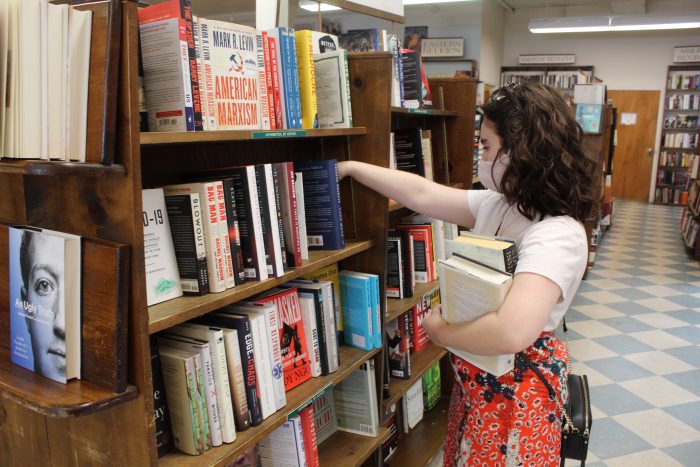
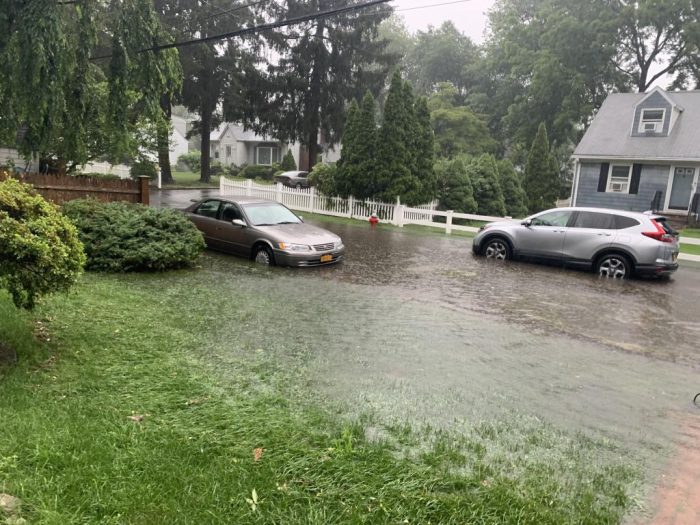
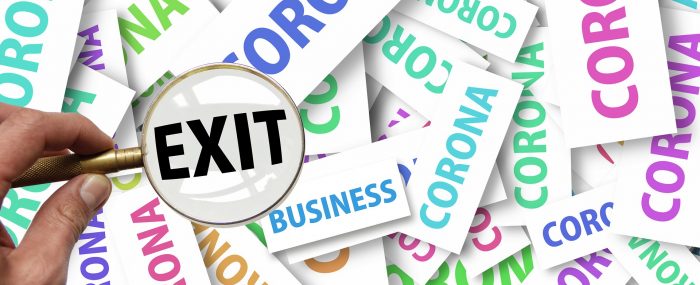
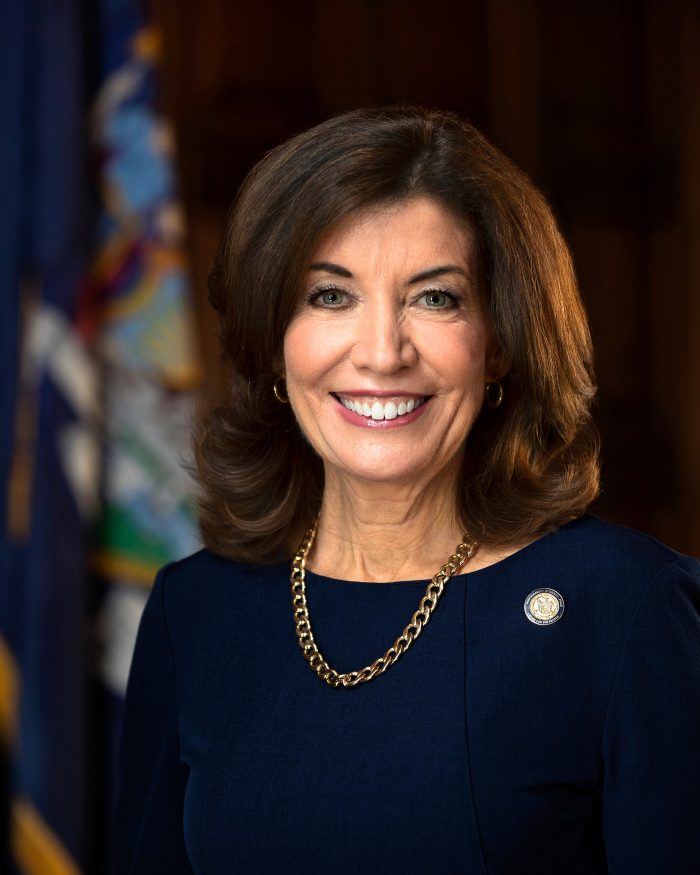

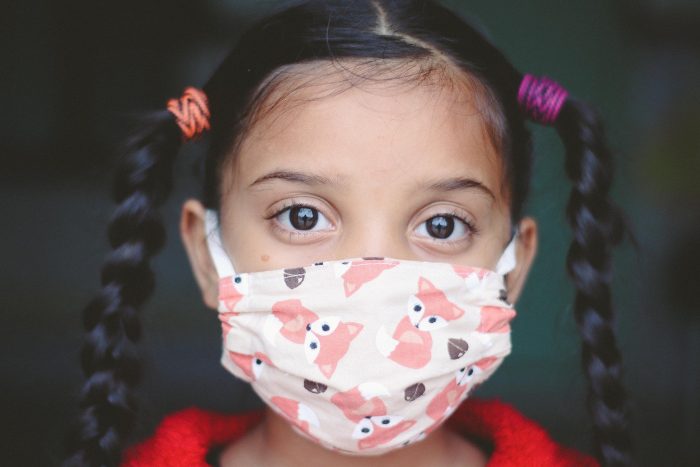
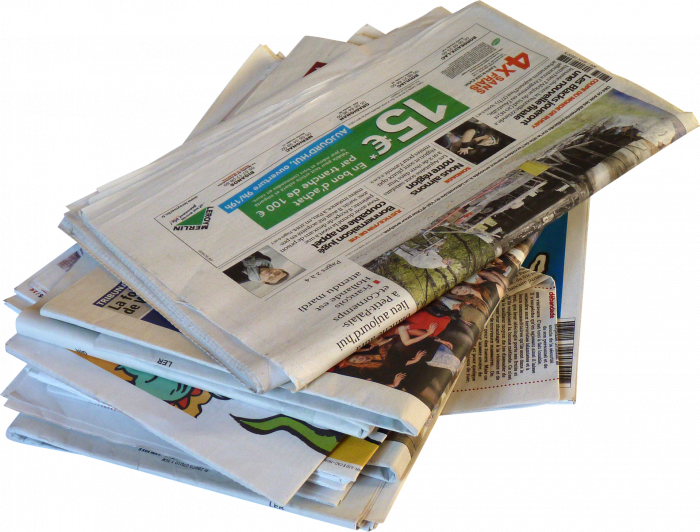

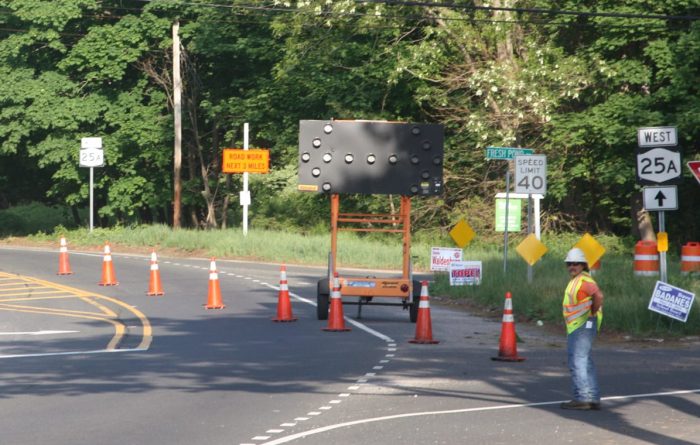
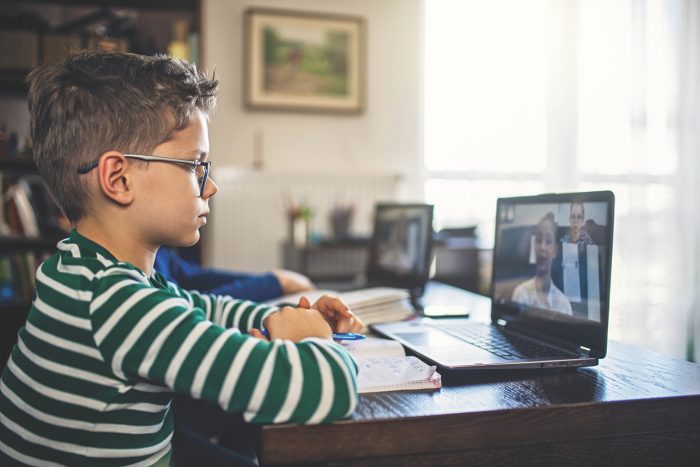
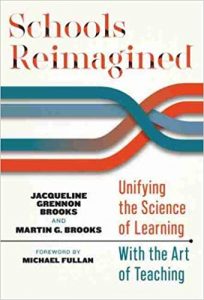 Two Three Village residents, educators at the top of their profession — Jacqueline Grennon Brooks, professor emerita of Teaching, Learning and Technology, Hofstra University, and her spouse Martin Brooks, executive director of Tri-State Consortium, an association of over 40 school districts in New York, New Jersey and Connecticut — agree that the key to whether or not learning takes place is not how information is delivered but if knowledge is constructed. Whether it is a teacher or a book or a computer that provides a formal lesson, the students must connect the lesson to what they already know or have experienced for true learning to occur.
Two Three Village residents, educators at the top of their profession — Jacqueline Grennon Brooks, professor emerita of Teaching, Learning and Technology, Hofstra University, and her spouse Martin Brooks, executive director of Tri-State Consortium, an association of over 40 school districts in New York, New Jersey and Connecticut — agree that the key to whether or not learning takes place is not how information is delivered but if knowledge is constructed. Whether it is a teacher or a book or a computer that provides a formal lesson, the students must connect the lesson to what they already know or have experienced for true learning to occur.


